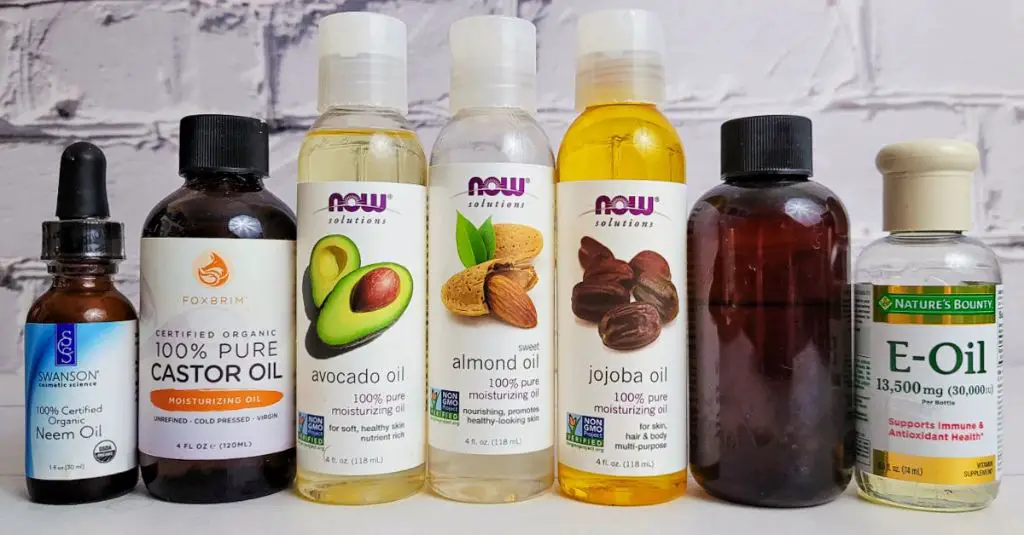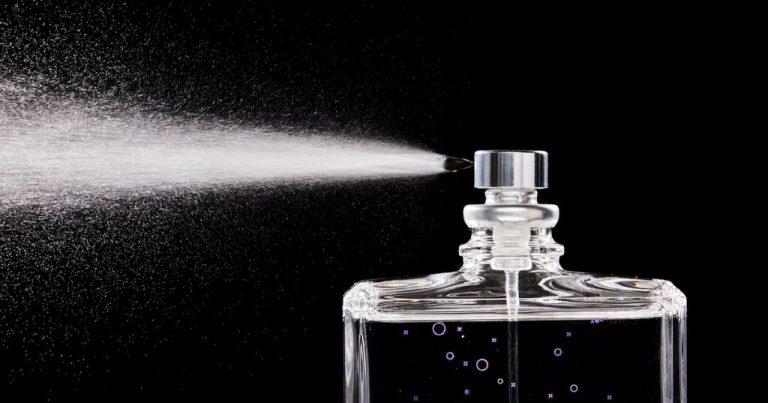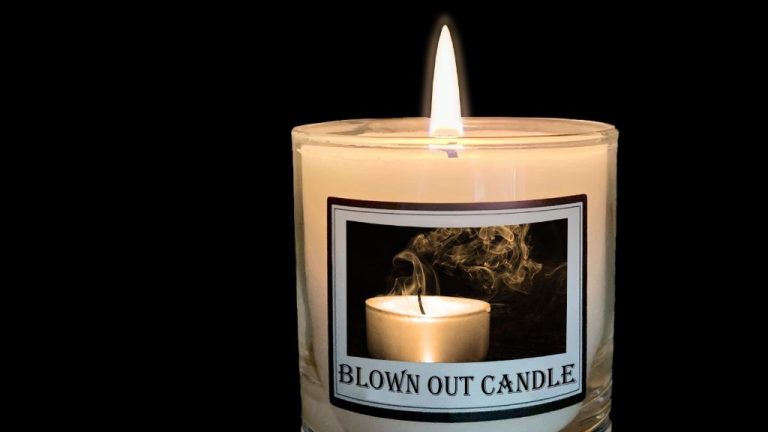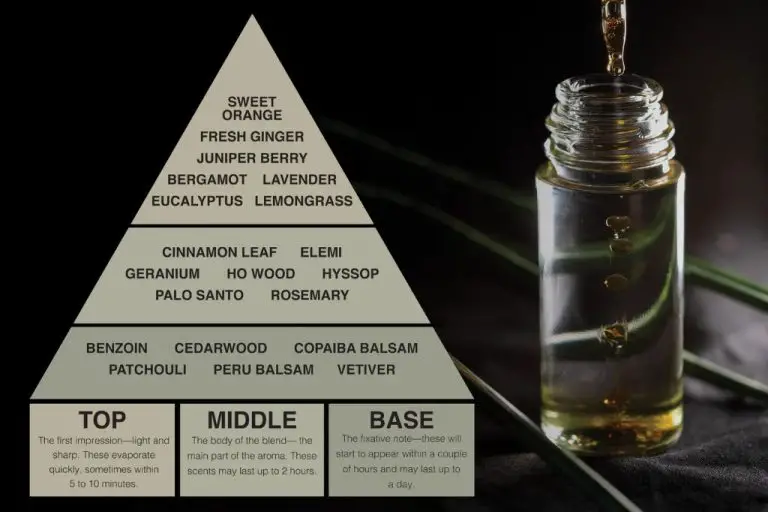What Can I Mix With Essential Oils To Make Perfume?
Making your own essential oil perfume can be a fun and fulfilling hobby. This article will provide an overview of how to blend essential oils to create custom perfumes with scents you love. The purpose is to empower readers with the knowledge and recipes needed to make natural, personalized fragrances at home.
Rather than buying expensive store-bought perfumes, you can mix essential oils and other natural ingredients to create signature scents. Customizing your own perfume allows you to control the ingredients and avoid harsh chemicals found in many commercial fragrances. This article will cover essential oil blending basics, carrier oils, perfumery ratios, safety tips, and sample recipes to get you started.
Benefits of Making Your Own Perfume
Creating your own natural perfume at home has many benefits compared to buying pre-made perfumes. The main advantages are:
Cost Savings: Making your own perfume allows you to avoid the high prices of commercial perfumes. Essential oils and other natural ingredients are very affordable, especially when bought in bulk. You can create luxury scents at a fraction of the cost of brand name fragrances.
Customization: Blending your own perfume recipes means you can create scents that are uniquely you. You have total control over the notes and accords. Choose your favorite essential oil blends without being limited to what’s available commercially.
Control Over Ingredients: With homemade perfume, you know exactly what is going into your fragrance. You can avoid synthetic chemicals, phthalates, stabilizers, and other questionable ingredients commonly found in store-bought perfumes. Making your own allows you to use only natural, pure oils.
Essential Oil Basics
Essential oils are concentrated extracts derived from plants like fruits, flowers, herbs, and trees (Privelabel). They are called “essential” because they contain the essence or characteristic fragrance of the plant. Essential oils are highly concentrated and should be diluted before use. Some of the most popular essential oils used in perfumery include:
- Lavender – Floral, sweet, herbaceous
- Eucalyptus – Fresh, minty, medicinal
- Lemon – Citrusy, bright, uplifting
- Cedarwood – Woody, earthy, soothing
- Jasmine – Floral, rich, exotic
High quality essential oils are extracted through methods like steam distillation, cold pressing, resin tapping, and enfleurage. They should be 100% pure and unadulterated. When sourcing essential oils, look for reputable brands that disclose their sourcing and provide documentation of purity testing (Anveya). Using high quality oils will lead to better scented perfumes.
Carrier Oils
Carrier oils are used to dilute essential oils and make them safe for skin contact. They also help “carry” the essential oils onto the skin so they can be absorbed. Some commonly used carrier oils for perfume making include:
- Jojoba oil – Jojoba is one of the most popular carrier oils because it has a light, non-greasy feel. It mimics the natural oils in our skin. [1]
- Fractionated coconut oil – Fractionated coconut oil is lightweight and absorbs well into the skin. It has very little scent which makes it ideal for perfume making. [2]
- Sweet almond oil – This nourishing oil has a light almond scent. It absorbs slowly to let the perfume notes fully develop. [3]

The typical ratio for carrier oil to essential oil is around 10:1. This dilutes the essential oils enough to avoid skin irritation. Some trial and error may be needed to find your perfect balance.
Essential Oil Blending Basics
When creating essential oil perfume blends, it’s important to understand the concept of “notes.” Essential oils are categorized into top, middle, and base notes according to their volatility. Top notes are light aromas that evaporate quickly, imparting the initial scent. Middle notes emerge after the top notes and make up the main body of the perfume. Finally, base notes are heaviest and longest-lasting, providing an anchor for the other notes.
There are two main approaches to blending essential oils for perfume: complementary blending and synergistic blending. Complementary blending combines oils with complementary properties to create a harmonious, rounded blend. For example, pairing fresh citrus top notes with sweet, floral middle notes and woody base notes. With synergistic blending, you carefully select oils that enhance and boost the benefits of each other. This creates a blend “greater than the sum of its parts.”
A good perfume blend adheres roughly to a 30:50:20 ratio of top, middle, and base notes. Top notes impart around 30% of the scent, middle notes around 50%, and base notes around 20%. Adjusting this ratio allows you to achieve different olfactory effects. Keeping these principles in mind allows you to craft well-balanced, multi-layered essential oil perfumes.
Essential Oil Blending Ratios
When creating essential oil perfume blends, it’s important to follow guidelines for oil ratios based on note types. Essential oils are categorized into top, middle, and base notes:
- Top notes are light, citrusy scents like bergamot, lemon, and grapefruit. Use 20-30% top notes in your blend.
- Middle notes are floral scents like jasmine, rose, and lavender. Use 50% middle notes.
- Base notes are deep, musky scents like sandalwood, vanilla, and patchouli. Use 20% base notes.
Following this ratio will create a perfume with notes that transition nicely. The top notes will be most prominent when you first apply, the middle notes will emerge as the top notes fade, and the base notes will anchor the scent. You can adjust the percentages based on your preferences, but this basic ratio is a good starting point.
Some experts also recommend keeping your total essential oil concentration under 20% by diluting with carrier oils like jojoba, coconut, or almond. Too much essential oil can irritate skin. For more guidance on safe essential oil blending, refer to this source.
Perfume Recipe Ideas
When blending essential oils to make perfume, it’s helpful to focus on specific scent families or notes. Here are some sample recipes for popular scent profiles:
Floral Perfume
Floral scents like jasmine, rose, and neroli are classics for perfumes. Try this rose perfume recipe:
- 2 drops rose essential oil
- 2 drops jasmine absolute
- 1 drop neroli essential oil
- 1 oz carrier oil like jojoba or fractionated coconut oil
Simply combine the essential oils with the carrier oil in a roller bottle. Apply lightly to pulse points. (Source)
Citrus Perfume
For a bright, fruity scent, citrus essential oils like sweet orange, grapefruit, lemon, and lime work well. Try this citrus blend:
- 5 drops sweet orange essential oil
- 3 drops grapefruit essential oil
- 2 drops lemon essential oil
- 1 oz carrier oil like fractionated coconut oil
Mix the oils together and store in a roller bottle or spray bottle. Apply to wrists and neck. (Source)
Blending and Testing
When creating your own custom essential oil perfume blends, it’s important to test out your formulas before finalizing them. There are a few methods you can use to combine and sample essential oil blends:
Perfume testing strips – Place a few drops of your essential oil blend onto a scent testing strip. Allow it to dry, then smell the strip to get an initial idea of how the blend comes together. This allows you to adjust the recipe as needed without wasting oils. See this guide for tips on using testing strips.
Tiny spray bottles – Make very small test batches (5-10ml) of your recipe in tiny spray sample bottles. Spritz and test them over time to see how the scent develops.
Skin testing – Place one drop of your formula on your wrist or other skin pulse point. Be cautious with skin testing, as some oils may irritate sensitive skin. Never apply undiluted essential oils directly to skin.
Diffuser testing – Add a few drops of your blend to your diffuser to get an idea of how the scent fills a room. Monitor the strength and longevity.
Record your observations such as strength, balance, notes, longevity and make adjustments to perfect your custom perfume blend.
Storing and Packaging
Properly storing your homemade perfume is important to maintain the scent and prevent deterioration. Perfumes made with essential oils and carriers should be stored in dark glass bottles with tight-fitting lids to limit light exposure and prevent oxidation. Amber glass bottles work well for limiting light. Make sure to fill the bottle all the way to the top to minimize air exposure. Refrigeration can also help extend the shelf life of your perfume, as the cool environment slows the breakdown of the oils (1).
When bottling your homemade perfume, be sure to use clean containers. Sterilizing bottles by washing with hot soapy water or rubbing alcohol will help remove any residue that could alter the scent. Use bottles designed for perfumes or essential oils, as the small opening and spray nozzle help control the amount dispensed with each use (2).
Clearly labeling your perfume bottles is also recommended. Include the name of the blend, ingredients, and date created so you know what’s inside and when it was made. Decorative labels can allow you to customize the look of your homemade scent creation.
1. https://www.newdirectionsaromatics.com/blog/articles/how-to-store-essential-oils-to-maximize-oil-life.html
2. https://www.youngliving.com/blog/essential-oil-storage-the-basics/
Safety Tips
When making your own essential oil perfumes, it’s important to keep safety in mind. Essential oils can cause irritation or allergic reactions if used improperly. Here are some tips for safely using essential oils in perfume:
Dilute essential oils properly. Only use 1-2% essential oils for skin contact perfumes. This helps prevent irritation. For non-contact perfumes, you can use higher concentrations up to 5-10%.
Do a skin patch test before widespread use. Put a diluted drop on your inner arm and wait 24 hours to check for any reaction before using the perfume recipe all over.
Keep away from eyes and sensitive areas. Avoid applying essential oil perfumes near your eyes, lips, or other sensitive areas.
Label bottles clearly. Mark perfumes containing essential oils as “for external use only” and keep out of reach of children and pets.
Store properly in dark glass bottles. Light can degrade essential oils. Store finished perfumes in amber or blue glass bottles away from direct light.
Use carrier oils. Always blend essential oils with carrier oils like coconut, jojoba, or sweet almond oil before applying to skin. This helps prevent sensitivities.
Know which essential oils to avoid. Oils like cinnamon, clove, lemongrass may cause skin irritation for some. Avoid them or use sparingly in blends.
Consult an aromatherapist if concerned. Always do your research and/or speak to an expert before using essential oils, especially if pregnant, nursing, or if you have a medical condition.





